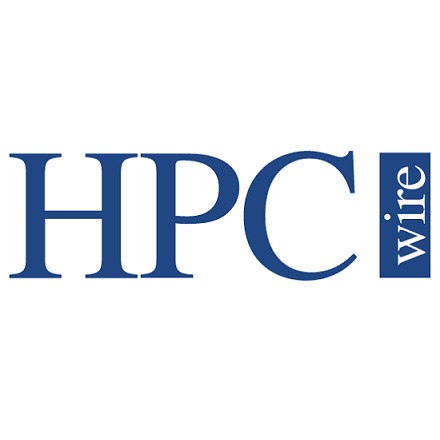
DDR5 Memory Spec Doubles Data Rate, Quadruples Density
July 16, 2020
Standards group JEDEC announced the publication of the DDR5 SDRAM spec, the next-generation standard for random access memory (RAM). Compared to DDR4, the DDR5 Read more…

MIT, ETH Develop Scheme to Boost On-package DRAM Performance 50%
October 24, 2017
It’s no secret memory-to-processor bottlenecks have become a chief obstacle in boosting computer performance. Recent efforts to place DRAM onto chip packages Read more…

Micron Steers Roadmap Around Memory Scaling Obstacles
August 27, 2015
In a packed session at IDF 2015 in San Francisco last week, Scott Graham, Micron’s general manager of Hybrid Memory, discussed some of the key themes occurrin Read more…

The Evolving Memory Market
August 28, 2013
The market for computer memory is entering a period of punctuated evolution as a result of several forces, including the continued growth of mobile devices like smartphones and tablets, as well as growth in the cloud data centers and communication networks that serve data to mobile users. HPC workloads also play a part in the changing memory landscape. Read more…

Volta Adds Charge to GPU Roadmap
March 21, 2013
This week at NVIDIA's GPU Technology Conference, the priorities for GPU computing's future, including providing snappy access to high memory bandwidth, were cited as critical to growing user ranks. The energy consumption, data volume and velocity requirements are giving way to new, more efficient and higher bandwidth approaches, including Volta, which was revealed during the keynote event. Read more…

Hybrid Memory Cube Angles for Exascale
July 10, 2012
Computer memory is currently undergoing something of an identity crisis. For the past 8 years, multicore microprocessors have been creating a performance discontinuity, the so-called memory wall. It's now fairly clear that this widening gap between compute and memory performance will not be solved with conventional DRAM products. But there is one technology under development that aims to close that gap, and its first use case will likely be in the ethereal realm of supercomputing. Read more…

Changing the Phase of Memory
June 26, 2012
Researchers look to boost speed of phase change memory. Read more…


- Click Here for More Headlines

Whitepaper
Transforming Industrial and Automotive Manufacturing
In this era, expansion in digital infrastructure capacity is inevitable. Parallel to this, climate change consciousness is also rising, making sustainability a mandatory part of the organization’s functioning. As computing workloads such as AI and HPC continue to surge, so does the energy consumption, posing environmental woes. IT departments within organizations have a crucial role in combating this challenge. They can significantly drive sustainable practices by influencing newer technologies and process adoption that aid in mitigating the effects of climate change.
While buying more sustainable IT solutions is an option, partnering with IT solutions providers, such and Lenovo and Intel, who are committed to sustainability and aiding customers in executing sustainability strategies is likely to be more impactful.
Learn how Lenovo and Intel, through their partnership, are strongly positioned to address this need with their innovations driving energy efficiency and environmental stewardship.
Download Now
Sponsored by Lenovo
Whitepaper
How Direct Liquid Cooling Improves Data Center Energy Efficiency
Data centers are experiencing increasing power consumption, space constraints and cooling demands due to the unprecedented computing power required by today’s chips and servers. HVAC cooling systems consume approximately 40% of a data center’s electricity. These systems traditionally use air conditioning, air handling and fans to cool the data center facility and IT equipment, ultimately resulting in high energy consumption and high carbon emissions. Data centers are moving to direct liquid cooled (DLC) systems to improve cooling efficiency thus lowering their PUE, operating expenses (OPEX) and carbon footprint.
This paper describes how CoolIT Systems (CoolIT) meets the need for improved energy efficiency in data centers and includes case studies that show how CoolIT’s DLC solutions improve energy efficiency, increase rack density, lower OPEX, and enable sustainability programs. CoolIT is the global market and innovation leader in scalable DLC solutions for the world’s most demanding computing environments. CoolIT’s end-to-end solutions meet the rising demand in cooling and the rising demand for energy efficiency.
Download Now
Sponsored by CoolIT
Advanced Scale Career Development & Workforce Enhancement Center
Featured Advanced Scale Jobs:
HPCwire Resource Library
HPCwire Product Showcase
© 2024 HPCwire. All Rights Reserved. A Tabor Communications Publication
HPCwire is a registered trademark of Tabor Communications, Inc. Use of this site is governed by our Terms of Use and Privacy Policy.
Reproduction in whole or in part in any form or medium without express written permission of Tabor Communications, Inc. is prohibited.
























